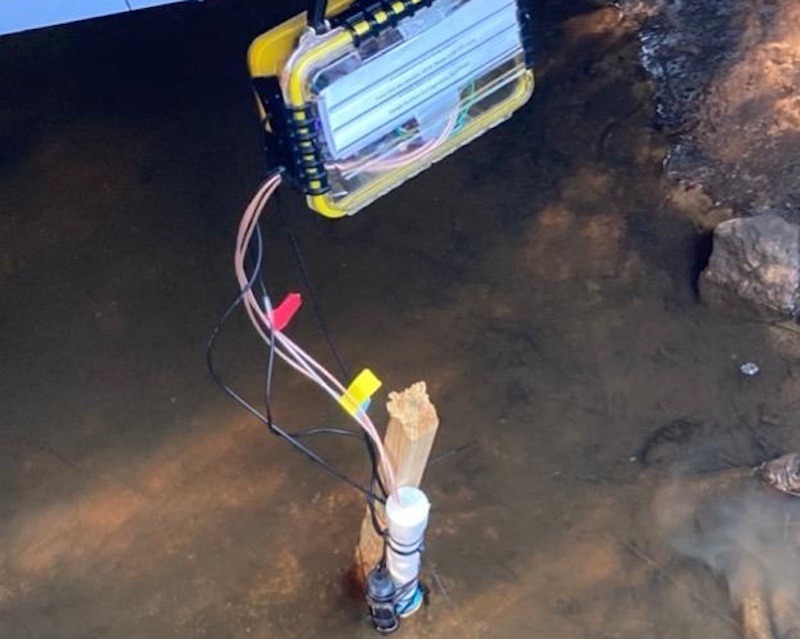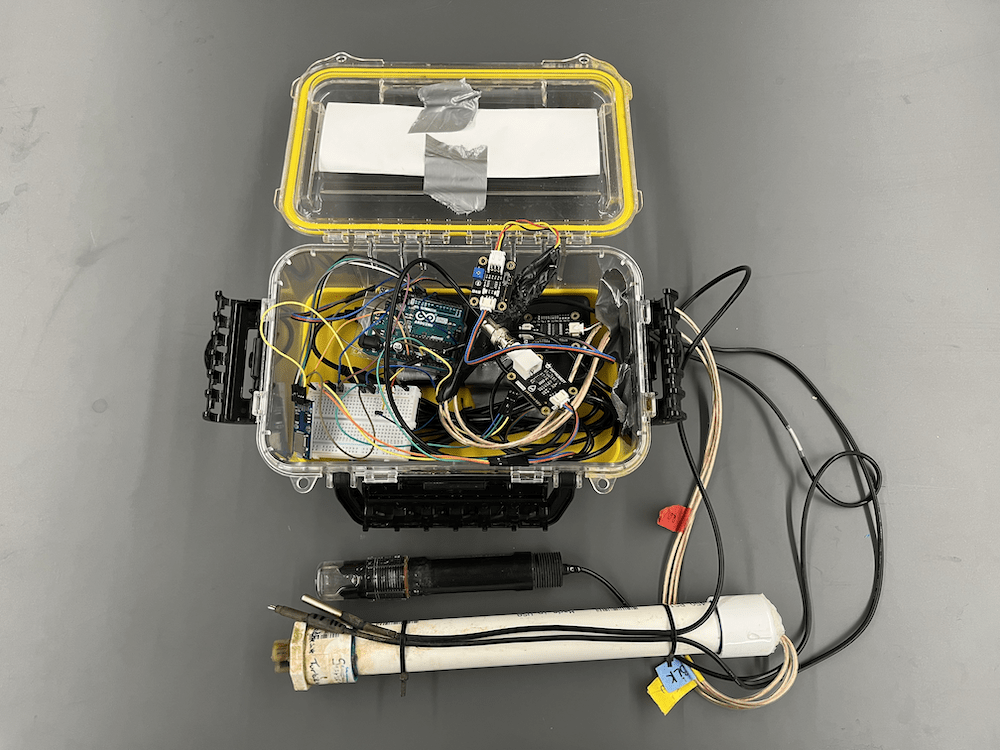This remote sensor system determines changes in water quality

The public often hears from various media outlets and documentaries that many regions in the world lack consistent access to quality drinking water. But what exactly does that mean? It is more than water that is clear and free of parasites. Distilled water, for example, isn’t recommended as drinking water because it lacks minerals. To supplement other data on water sources, this off-grid sensor monitors changes in water quality.
This monitor has sensors to check a handful of data points: temperature pH, turbidity (clarity/cloudiness), and the total dissolved solids (TDS). When examining otherwise clean water, TDS readings are a result of minerals and a small amount of organic matter. While some level of TDS is okay (and often desirable), the readings shouldn’t be too high. This water quality system, which is powered by a battery pack, is meant for use in natural bodies of water and wastewater treatment plants. Its readings, along with more traditional testing, can help to determine the quality of the water and its suitability for drinking and other uses.

The hardware resides inside of a small, waterproof enclosure and includes an Arduino Uno board, a microSD card reader, a 20,000mAh USB battery pack, and the sensors. Those sensors are: a DFRobot Gravity analog turbidity sensor, a DFRobot Gravity analog TDS sensor, a DFRobot Gravity analog pH sensor, and a DS18B20 waterproof temperature sensor. The Arduino sketch takes the sensor readings and stores them on the microSD card for later retrieval.
This low-cost design is perfect for monitoring water supplies, especially in remote regions where on-grid monitors aren’t feasible.